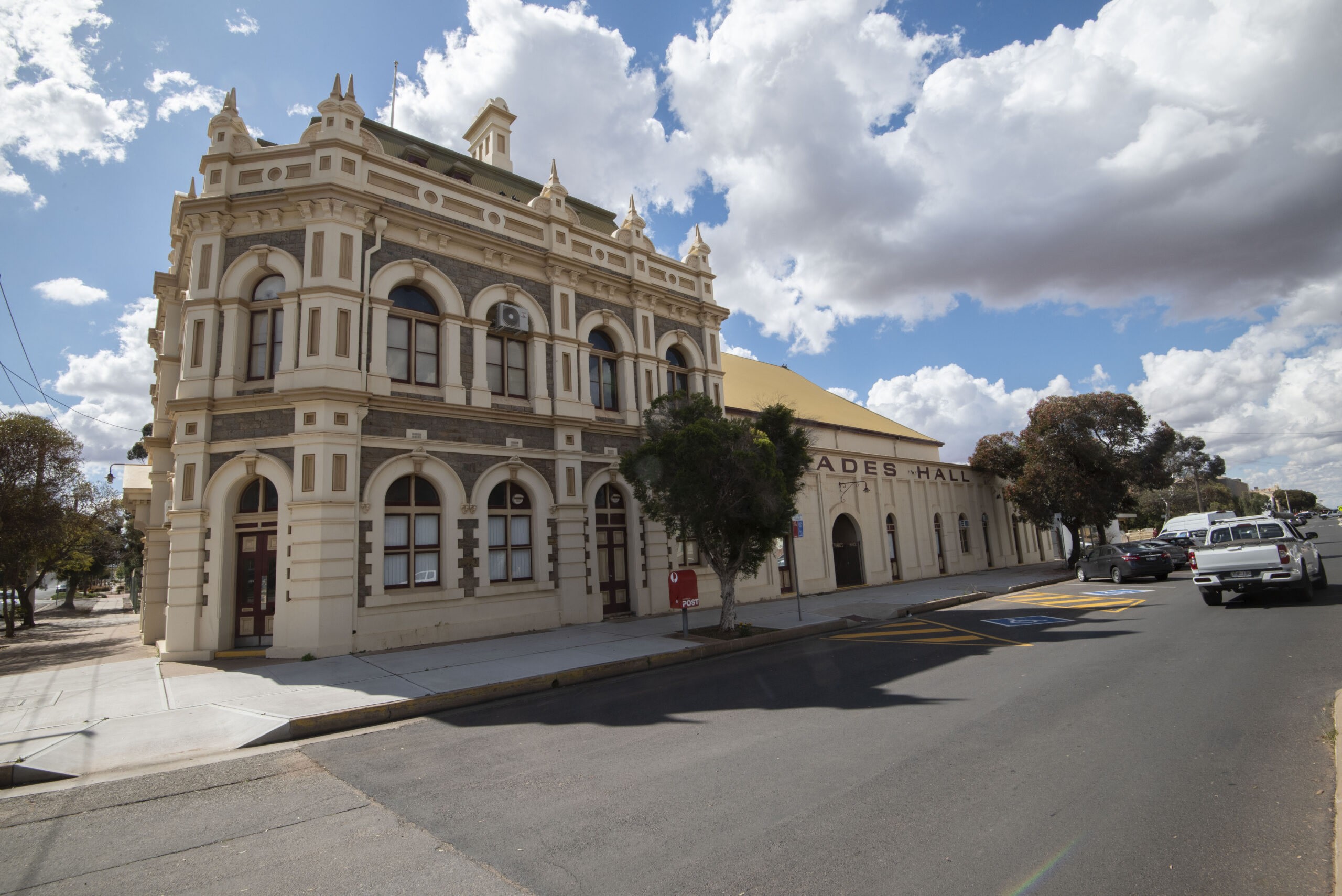Broken Hill Trades Hall is one step closer to achieving UNESCO World Heritage status, after being placed on Australia’s Tentative List to be considered for nomination.
The crucial move comes follows some 14 years of campaigning.
Completed in 1905, the Broken Hill Trades Hall is a beacon amongst locals, becoming the first building in Australia to be owned by unions, while also being the headquarters of the city’s fight for workers’ rights.
The fights with often intractable employers and the outcomes for workers are of local, national and even global significance, leading to improved working conditions in the mines, including acceptance of the 35-hour work week and eight-hour workday.
“It’s a really important step for the building, because it means we are more likely to get World Heritage listing, and then that will help us secure the future of the building,” Advisor to the Hall’s Trust, Diana Ferry, told the Barrier Truth.
“It gives us international recognition for the importance of the building, it puts us in a class of buildings that are acknowledged as being important to the development of the labour movement around the world in the context of industrialisation.”
The Danish government has been working to have a range of workers’ halls added to the list. The Worker’s Assembly Halls (Australia) is the proposed transnational serial nomination, with the nominations of the Broken Hill Trades Hall and Victorian Trades Hall in Melbourne representative, “of the global phenomenon of mass organisation of workers by the international democratic labour movement in the context of industrialisation during the formative period of working-class internationalism from 1850 to 1950”.
“It means we’ve had recognition at all tiers of government,” says Ms Ferry, “that they’ve supported our nomination going forward on behalf of Australia.
“To have the Danish government leading that bid is also really important to us because that’s the international recognition. To have got this far in the process is testament to the work that’s been done in the background,” Ms Ferry said.
“If we do get World Heritage listing – and it’s by no means certain that we will get it, it’s still got to be assessed – the real work begins then, because we will have to have really good conservation management plans, plans for the building about how it can be accessed by the public, and how it can be protected into the future, so it’s really putting in place plans to make sure that the building lasts another 100 years at least.
“Without the inclusion of our building in the transnational serial with all the other buildings, you can’t tell a complete picture and a complete story of industrialisation. It says that the workers who built that assembly hall in the middle of outback Australia built it to last into the future, but at the same time, were part of a much bigger global movement.”
Ms Ferry expects it will take another two to three years to get through this last part of the process. She says the Trust is planning a workshop in mid-March, inviting representatives from the state and federal government, the Victorian Trades Hall, and a heritage expert from the UK, who will come together in town to start cataloguing what’s in the archive and prepare for the next stage of the bid.











